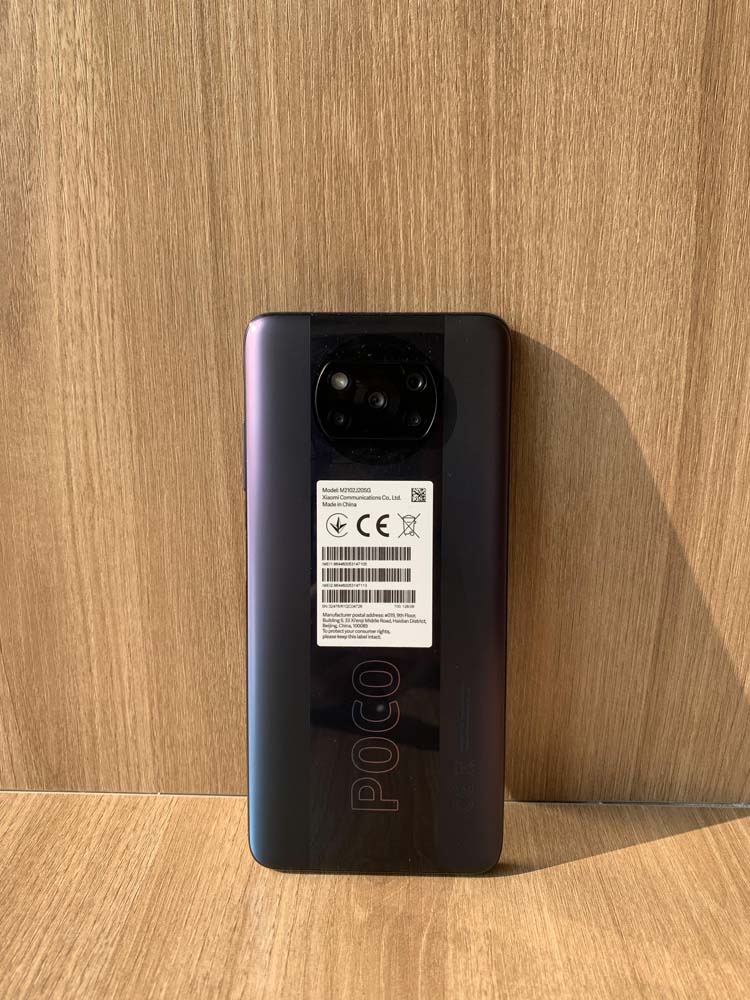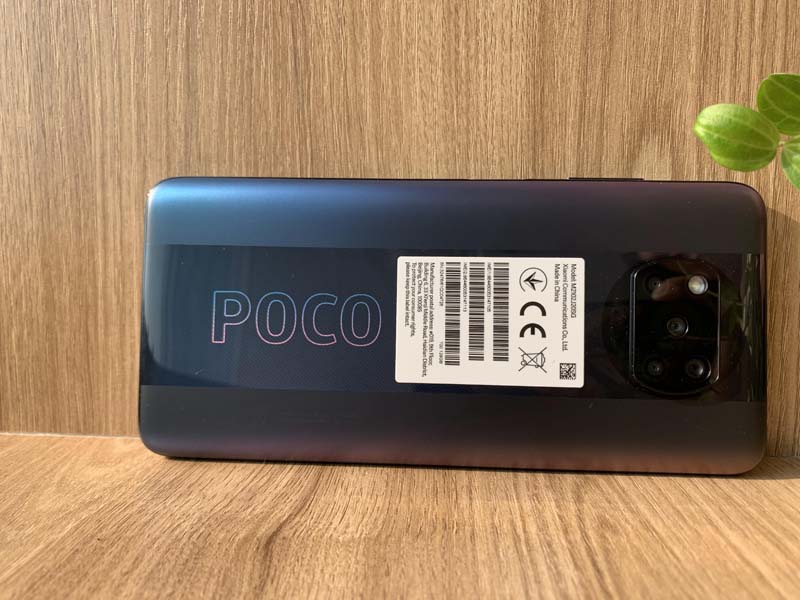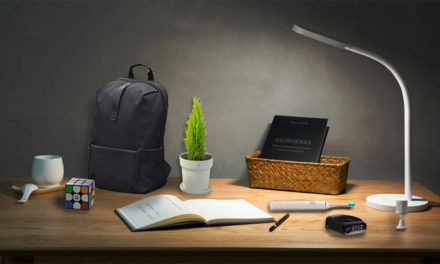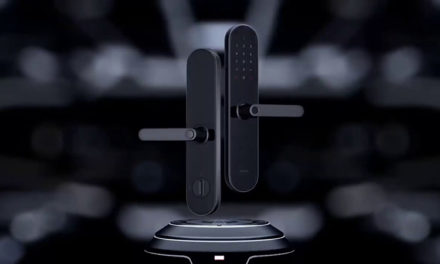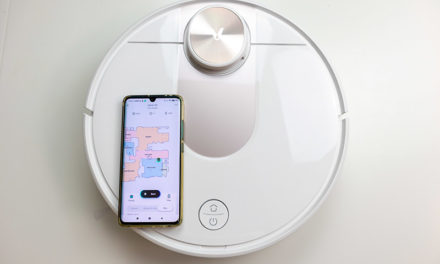
POCO X3 Pro - successful crease stitching?

They only touched it in a few places, but a lot of things changed from that.

contents show
Introductory
The POCO X3 was one of last year’s surprise phones, and luckily I was one of the first to try it out at home. It was a surprise to me too, it took me a few days to understand the concept, but as it used to be, the way I realized the point, I even hugged Xiaom.
I want to say POCO because the X3, or more accurately the X3 NFC available from us, was the first real, unique POCO phone.
The mobile combined incredibly well with mid-range hardware with the features of a high-end gamer phone. Properly, but only just strong enough, the cameras were good, but not very good, just enough to be lovable. The 120 Hz display, stereo sound, advanced vibration motor were crazy good things.
And the point is the price! Xiaomi, that is, I want to say, POCO set such a price for the mobile that it immediately became one of the most successful phones of the year. We can safely say they took it and even carried it like sugar.
The now-released successor became an outward-looking replica of the X3, and there wasn’t much change inside either, but where they touched it, it didn’t do much. If someone was unhappy with the X3, it probably won’t be the X3 Pro anymore.
So let's see what has changed!
External
This chapter will be short as the phone has not changed anything from the outside. The usual design remained, the size (165.3 x 76.8 x 9.4 mm) remained, but the two phones (215 g) were the same in grams.
The number and arrangement of the cameras did not change either. The X3 got a percussive look, so the Pro didn't bring anything new in it, but luckily it didn't spoil anything. The manufacturer didn’t change it and I think it did well.
Hardware
Let's start with perhaps the most important thing, the central tile!
In the X3 NFC, the Snapdragon 732G works, which isn't bad, but I wouldn't dare say good and bull. It was enough for the phone, but it didn't tear the stride apart. 8 cores with 8 nanometer manufacturing technology, 2,23 GHz maximum clock on the top two cores (Kyro470) and 1,8 GHz on the bottom six (Kyro470). The graphics accelerator is the Adreno 618.
It’s a good little iron, but like I wrote, that’s not what we’re looking for in our chin. It takes away essentially every game, at most we fool around with the graphics. At the same time, perhaps this was the point that was most ripe for wrinkle stitching, and they knew it at POCO as well.
The X3 Pro has already got the Snapdragon 860, which is much more advanced and powerful. The manufacturing technology is already 7 nanometers, which is not a disadvantage in terms of heating, for example. The eight processor cores are divided into three clusters instead of two (1 × 2.96 GHz Kryo 485 Gold & 3 × 2.42 GHz Kryo 485 Gold & 4 × 1.78 GHz Kryo 485 Silver), which will again save energy. the graphics accelerator also got better, the Adreno 640 is a whole other world.
Of course, the SP860’s greatest virtue is not economy, but brute force. The ANTUTU score will then double compared to its predecessor, which is a difference of about 200 points. It’s already pounding, we might say, and so are those who may have already tried the new phone.
The display, on the other hand, has not changed, and again, this is not a tragedy. Sure, we’d all be happy with an AMOLED panel, but we have to realize that it just doesn’t fit into this price range. Probably a bone of the same 120 Hertz display got into the phone as its predecessor, since all the data remained the same. IPS LCD panel, 120 Hz refresh rate, 450 nit brightness, 6,67 inches diagonal and 1080 x 2400 pixel resolution.
What, on the other hand, has changed and really doesn’t benefit is the camera setup!
I really liked the cameras for the X3 NFC. Then I also made a short video with the phone, emphasizing that not only the recordings, but all the effects, zooms, removals, everything was done with the phone software, I just put the cuts behind each other.
Here is the video too:
So, the X3 NFC with its 64 megapixel main camera and 13 mega ultra wide angle of view has become a truly usable camera mobile. In comparison, the X3 Pro is heavily restrained, reaching only the bottom of the mid-range when we look at the cameras.
We also leave the 2 mega macro, X3 was fucked up in NFC as well. However, I can’t really find an explanation (just for saving) as to why the central camera became 48 megabytes. And that’s largely because the ultra-wide 13 megapixels of the useless, Xiaomi phones have been properly hated for 8 megabytes exchanged for real sin.
So there is something to be ashamed of in this area!
Further details have not changed. The battery, the quick charge, the NFC, the sensors are left, so everything else is old.
Summary
At POCO, it was decided that X3 NFC was not gamer enough, it needs to be further boomed. However, this would have meant that the mobile would also be more expensive, which they did not want, or if they did, only a minimal increase was conceivable.
To this end, the only replaceable part, the central unit, was replaced. The new SoC, the SP860, is brutally strong, but in price it is well below its current peak, the 888. So from that point of view, it was a logical and reasonable change.
If we look at where the higher price of proci can be compensated, it is obvious that only in the case of cameras. Neither the stereo sound, nor the 120 Hertz display, nor the amount of memory or mass storage could be changed, because without them the mobile would have lost its leak. So, they sacrificed the great camera setup that makes me cry for it.
As I wrote, the 64MP-48MP replacement is still left, we’re not happy about it, but, as they say, it goes away with soda. But the fact that the 13 mega ultra-wide has been replaced by 8 megawatts is completely incomprehensible, or let’s say calmly, unattainable. The 13 wasn't good either, you can see in the video above how much crap it was than the 64 megabyte unit, but the Xiaomi 8 megabyte is quite simply a hat szr, and then I put it very subtly back then.
So what could be the conclusion?
POCO continued to carve out the cheap gamer’s phone, becoming even boomer, and even less invented for everyday use. There is almost no compromise between boom and other functions, everything is dedicated to the former task.
It’s good somewhere if we look at how many people bought it as a gamer phone, but there are places where it’s bad since many people bought it for everyday use. For the latter, the POCO X3 Pro will no longer be such a good choice.
The end of the price. In the introductory campaign, the 128GB model is priced at 199 and the 256GB is priced at 249. These are good prices, that’s a fact, so there’s still no problem with pricing.
The mobile phone can also be purchased from an official Xiaomi dealer (Spanish) who ships it within the EU for free, it also comes with a Spanish warranty of two years and the display will be replaced free of charge within half a year if it breaks. It does not have to be returned to China for guarantee, only to Spain.
If you have decided that you need such a mobile, you can buy it at the link below:
LITTLE X3 Pro











